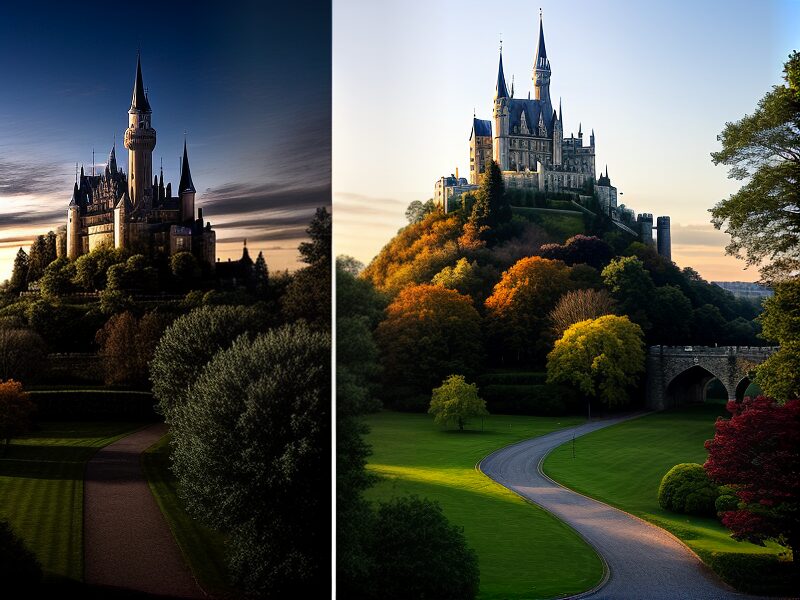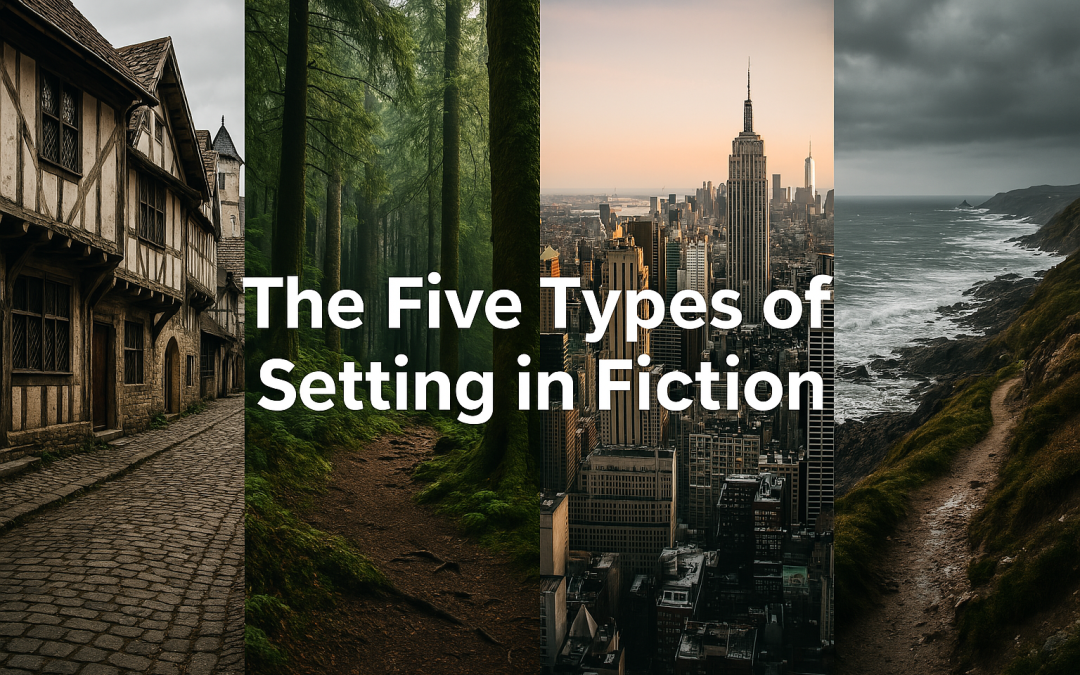When you crack open a book, what’s the first thing that pulls you in? Sure, characters and plot matter, but the types of settings in fiction play a huge role. A well-crafted setting isn’t just a backdrop; it influences mood, shapes characters, and makes everything feel real.
Think about your favorite book. What made its world feel so real? Was it the cobblestone streets of a historical city, the endless dunes of a sci-fi planet, or the eerie quiet of an abandoned town? Setting breathes life into a story, making it immersive and unforgettable.
So, let’s talk about the five types of settings and how to use them to bring your story to life.
1. Time Period: The Era Shapes Everything
Is your story set in medieval times, the Roaring Twenties, or a distant future filled with space colonies? The time period affects how characters speak, what they wear, and even how they think. Get the details right, whether it’s Victorian etiquette or futuristic slang, and your world will feel immersive.
Quick Tip: Readers love authenticity. If your novel takes place in the 1800s, research the language, customs, and daily life of that time. Even small inaccuracies can pull readers out of the story.
2. Geographical Setting: Location, Location, Location
Where your story happens can be just as important as when. A small coastal town has a different vibe than a bustling metropolis. A remote mountain village will shape your characters’ lives differently than a spaceship orbiting Saturn.
Think About:
- How does the location influence the characters’ behavior?
- What unique challenges does it present?
- How does the environment affect the story’s tone?
3. Social and Cultural Setting: The Rules of Your World
Every society has its norms, traditions, and conflicts. Whether you’re writing about high school cliques, royal court intrigue, or dystopian power struggles, the social structure affects everything from dialogue to motivations.
Example: In The Hunger Games, the rigid class system between the Capitol and the districts fuels the story’s tension. The types of setting in fiction aren’t just physical, they’re social and political.

4. Mood and Atmosphere: Setting the Emotional Tone
Setting isn’t just about where and when, it’s about how it feels. A stormy night can set the stage for a murder mystery. A sunlit meadow can make a romantic moment feel magical. The details you choose shape the reader’s emotional experience.
Pro Tip: Use sensory details, sights, sounds, smells, to immerse readers fully. Instead of saying, It was a dark alley, describe the flickering streetlamp, the scent of damp concrete, and the distant sound of a cat yowling.
Want to make your setting shine even more? Great settings work hand-in-hand with strong dialogue. Check out our post on writing realistic dialogue to make your characters’ conversations just as immersive as their surroundings.
5. Weather and Natural Elements: More Than Just Background
Weather isn’t just filler, it can be a powerful storytelling tool. A brutal winter can create obstacles. A relentless drought can drive desperation. Even a gentle rain can set the perfect mood for a dramatic conversation.
Example: Think about Wuthering Heights. The wild, untamed moors mirror the characters’ passionate, stormy relationships. Weather can be a reflection of emotion.
Bringing It All Together – Writing Setting Tips
A rich, well-developed setting can turn a good story into a great one. It’s more than a backdrop, it’s an active part of the storytelling. So, whether you’re crafting a sprawling fantasy world or a contemporary small-town drama, think about how your types of setting in fiction shape the narrative.
If you’re curious about how to let your story speak for itself, check out our post on letting your story speak for itself and discover ways to make your setting work seamlessly within the narrative.
Final Thought: What’s a book where the setting pulled you in completely? Let’s chat in the comments!

Recent Comments